Callum on... the Ferrari Purosangue
- Callum Alexander

- Oct 31, 2022
- 7 min read
Updated: Nov 7, 2022
A company famous for making supercars launches what looks like an SUV. Is that a contradiction in terms, or can appearances be deceptive?

From the moment the highly anticipated Ferrari Purosangue was revealed, I was captivated by what it symbolises for the esteemed company. This is the first ever four-door four-seater the Italian marque has produced since the supercar maker was created 75-years ago. Severing ties with historical precedent and breaking with tradition, the Purosangue is definitely the most unorthodox model Ferrari has launched. But does this new addition to the range threaten the established order, or is the brand simply evolving with the times?
It's an intriguing question of intrinsic significance, which means it could be something of a watershed moment for Ferrari, even if it’s not conspicuously realised. There are however traits of the Purosangue that link back to previous generations. The most distinguishable strand of DNA is the 6.5 litre naturally aspirated V12 engine, which is made up of the same architecture of past iterations. The slight difference is that it produces the highest amount of torque at the lowest possible revs, with 80% of power available at 2100rpm, and maximum output accessible at 7750rpm.
That constant power band throughout the rev range results in an instantaneous response from what is a quintessential Ferrari engine. In what is a dying breed, it sure is a special unit. Formula One calibration concepts have optimised mechanical and combustion efficiency, whilst intake, timing and exhaust systems have been redesigned. This bespoke tuning has resulted in the Purosangue having the most powerful engine ever developed for a four-seater, with 715bhp at its disposal. That sort of power quashes any notion of misunderstanding about its place in the model range.
"It may not be a typical supercar in the conventional sense, but it certainly has the velocity of one"
Ferrari have not diminished its standing in making the Purosangue, because it has a different remit to what the company has typically been accustomed to. The performance it produces reinforces that perception. In fact, it has pulverising pace for a four-door four-seater: 0-62mph takes just 3.3 seconds, 0-124mph takes only 10.6 seconds, before it reaches a top speed of 192mph. It may not be a typical supercar in the conventional sense, but it certainly has the velocity of one. But when you contemplate that, it’s not exactly unsurprising or unexpected, it’s a Ferrari after all.
The company claims that the Purosangue is not an SUV. They are adamant actually. Given the name means 'thoroughbred' in Italian, Ferrari have clearly tried to define the narrative around what they say is a sportscar. Yet just looking at the silhouette of the Purosangue, you’d be forgiven for thinking that it was an SUV. Perhaps it’s more of a combination between the two, like a crossover. In my mind, merely the shape and stance it has means it can’t credibly qualify for either category outright, it would look and feel awkward to be exclusively segregated into either without notable dilemma.
Regardless of what type of car it could be described as, the segment it plans to fill elevates its stature to an even more prominent level, as it signals a slight strategic shift in direction for the company as it seeks to appeal to clientele with more ergonomic priorities. Such was the scope of the project, the Purosangue has a new chassis design made from aluminium alloy, which gives it a strong structure that’s lighter than any other Ferrari four-seater ever made. It results in an improvement of torsional rigidity by 30% and beam stiffness by 25%.
Ferrari’s aerodynamic team spent a prolonged period of time doing development work to meet drag reduction targets, no easy task when taking into account the original proposition of the Purosangue. To create a usable and comfortable four-door four-seater with supercar dynamics and performance capabilities is an ambitious premise from the outset, and one with no guarantee of universal approval. Notwithstanding some cynical and disparaging remarks, the initial impressions would suggest that they have achieved those aims.
Nevertheless, purists would prefer that Ferrari stick to what they know best in manufacturing conventional supercars, and not create its own imitation of an SUV. In this regard, critics do have powerful sentiment. There is an element of controversy about its introduction and that supercar brands making SUVs is a contradiction in terms. They are fundamentally different types of cars that serve different purposes, and the expertise of each company is from opposing specialist areas. That absence of tangible knowledge should in theory count against them.
Supercars are about high-performance. SUVs are about usability. There is no doubt that the Purosangue blurs the lines between the two, and its introduction spooks sceptics about its intrinsic relevance for Ferrari. Rather than being a binary car that fits the mould, the Purosangue is a combination of both, so it resembles what's known as a super-SUV. In practice that means it operates on another playing field from the objectives that supercars and SUVs have in isolation. The fusion of these two car categories means that they share a selection of common traits.
"Ferrari are late to the party when it comes to super-SUVs. The inception of this category can be traced back to Porsche"
The combination of velocity and practicality is an appealing mix that is proven to be popular. Yet Ferrari are late to the party when it comes to super-SUVs. The inception of this category can be traced back to Porsche, who are the pioneers in creating this segment with the Cayenne when it debuted in 2002. This was a bold step for a company known to practice an evolutionary philosophy with the benchmark 911 supercar. But having spotted the gap in the market, Porsche showed it was capable of revolutionary measures by breaking down barriers and defying expectations.
In redefining the scope of what was possible, Porsche became trendsetters. In the process, they have exploited their own ingenuity to the advantage of the brand. This opportunity has been capitalised on with the introduction of the Macan, a smaller SUV that launched in 2014. It has become a winning formula for Porsche, as it has enabled them to tap into broader demographics, and that has translated into sales figures. Many would understandably think that the 911 is the bestselling model in the Porsche range, but they are mistaken.
According to delivery figures revealed for 2021, the bestselling Porsche models were the Macan (88,362) and the Cayenne (83,071). Let’s think about that for a moment. A company famous for making one of the most historic, iconic and epic supercars, has become as equally renowned for building SUVs to the point where they are the most popular products in the range. It’s quite remarkable really. In going against the grain, Porsche have influenced other car companies in the industry to do the same.
The successful inclusion of the super-SUV for Porsche has resulted in other premium brands at the VW Group introducing versions of their own. Lamborghini launched the Urus in 2017 and it has since become the most popular model in the range, with the company delivering 5021 examples in 2021. It’s a similar story with Bentley too. With the addition of the Bentayga in 2015, it has also become the most popular model in the range. The company delivered 5855 examples last year as well. Given the pattern that has emerged, it’s unsurprising Ferrari have joined the super-SUV party.
When you reflect on why the super-SUV has such an appeal with people, there is rationale for choosing this type of car. Whether you approve of them or not, there can be no denying that in conceptual terms, they do meet the needs of people better than a supercar would. The preference of them can therefore be deduced from the versatility and usability they have, and how they can accommodate a broader spectrum of circumstances. Just from this perspective, super-SUVs are simply a better mode of transport for daily driving. Then to balance that logical aspect out, they have similar sorts of performance to supercars. This multifaceted disposition gives them a greater bandwidth than any supercar can, and that adaptability is the essence of why people are compelled by them.
Supercars are restrictive in this respect, whereas super-SUVs are liberating. Not only does the Purosangue makes sense in this regard for clients, but from a business standpoint for Ferrari as well. Despite the company delivering a record number of cars (11,155) in 2021, you would think that the Purosangue will become a status symbol and style chariot in making up a fraction of sales figures in future. But if the track record of super-SUVs from rival brands is anything to go by, it might end up being the most popular model in the range. It blends performance, practicality and exclusivity in one package, which is an enticing combination. That will inevitably make it something of a collector’s item too.
"the Ferrari driving experience can realistically be shared with family and friends, which is not something a supercar can so easily or readily do"
Detractors would say that Ferrari shouldn’t be producing a super-SUV because there’s no plausible reason for its existence. These inward looking and backward facing perspectives are regressive and stifle innovation – this attitude would hold back the creative potential of the company. Traditionalists with this conservative outlook are too dogmatic to accept difference and embrace change. The Purosangue bursts that bubble in spectacular fashion, and it causes something of a culture shock. I can understand that it might give the impression of being ostentatious, and that it might be unappealing for this reason. But it would be ridiculous to discount the Purosangue solely on that basis because it doesn’t conform with preconceived notions of what supercar makers should or shouldn’t be manufacturing.
When I reflect on the bigger picture of what the Purosangue represents for Ferrari, it’s quite a spectacular and tantalising proposition. As the company’s first four-door four-seater, it means that the Ferrari driving experience can realistically be shared with family and friends, which is not something a supercar can so easily or readily do, but a super-SUV can. That makes the Purosangue as much of a lifestyle product to enjoy with other people, and that accessibility is what differentiates it, because life is better when shared together.
Photos: Ferrari

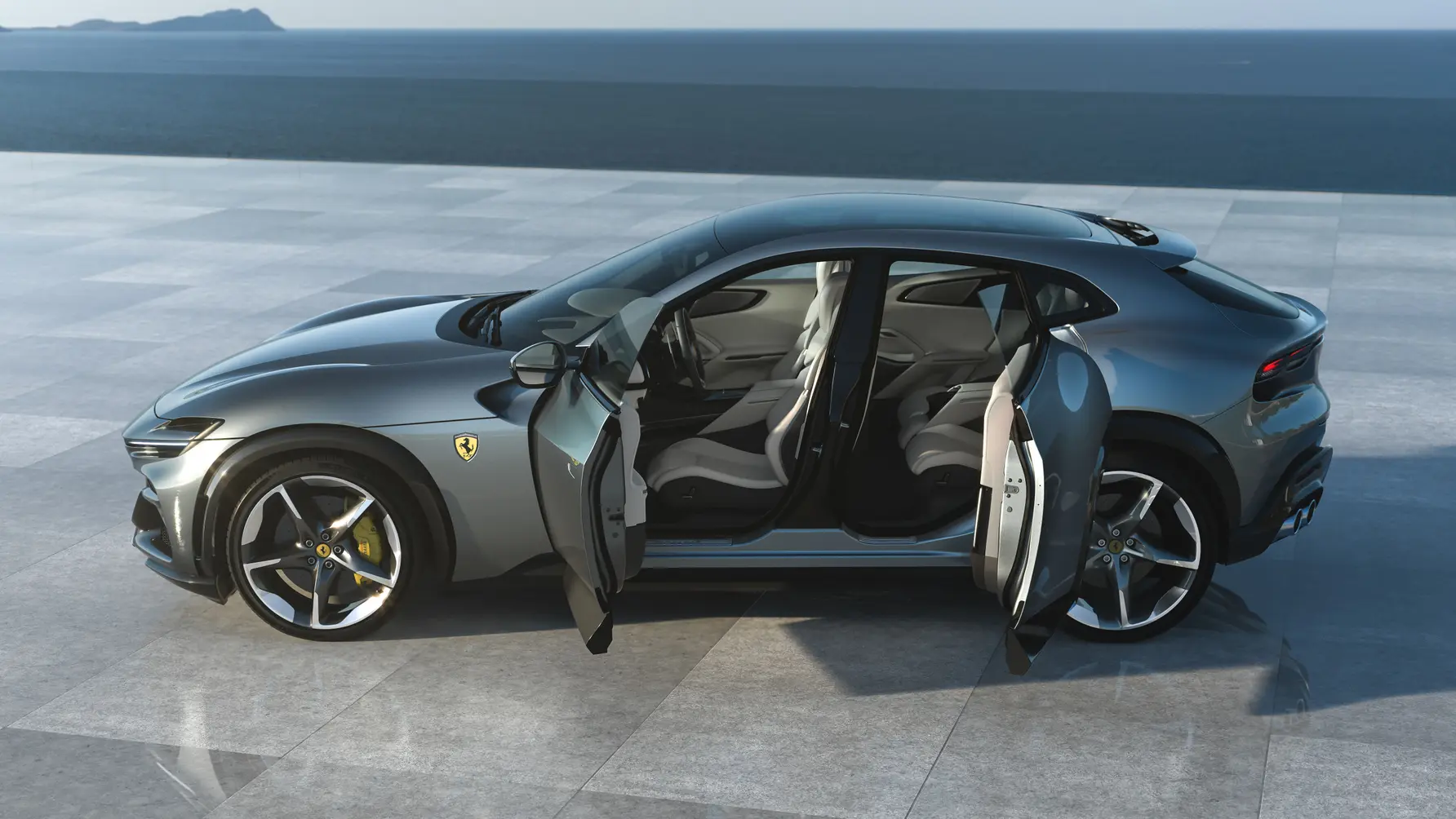
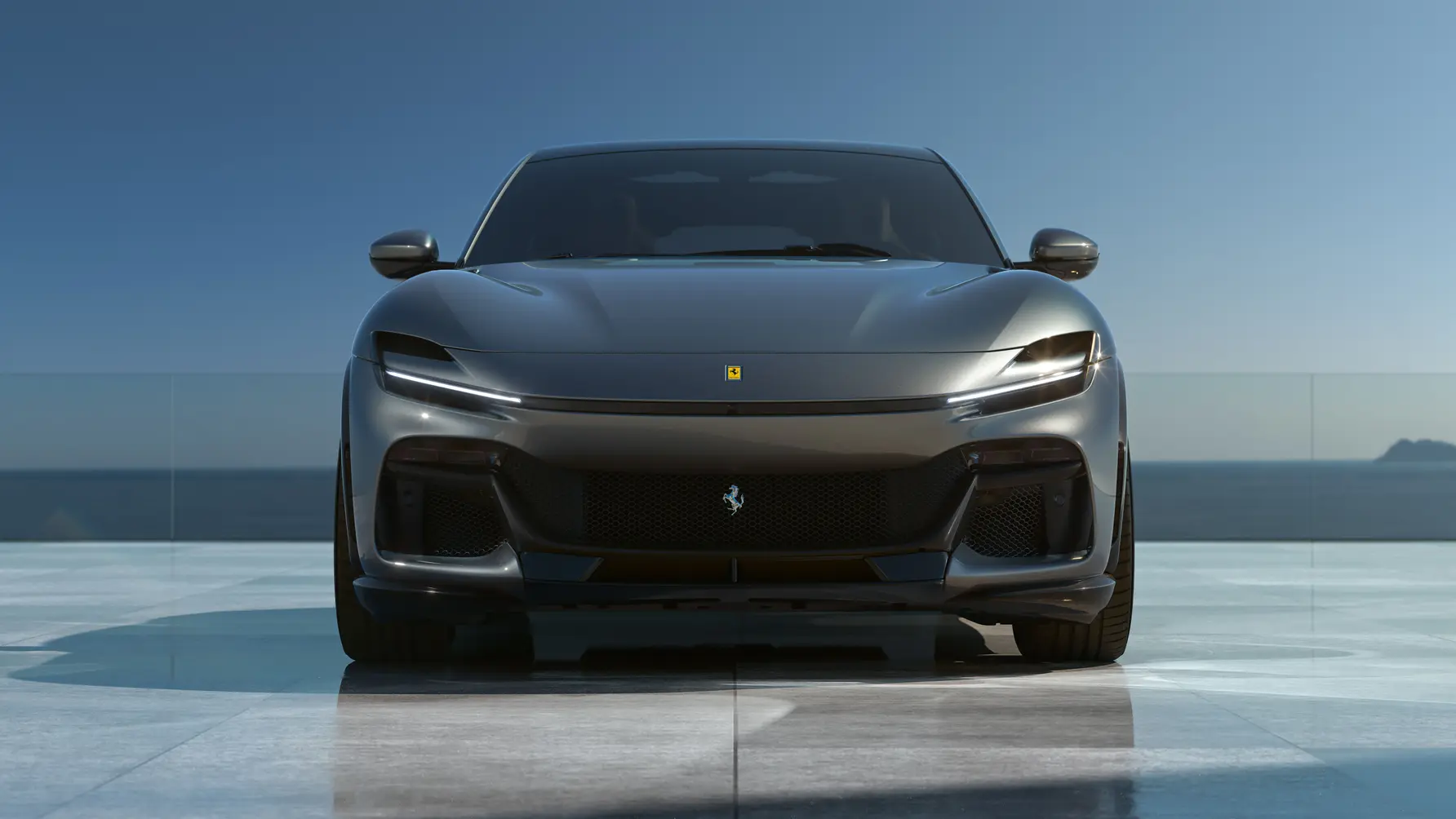
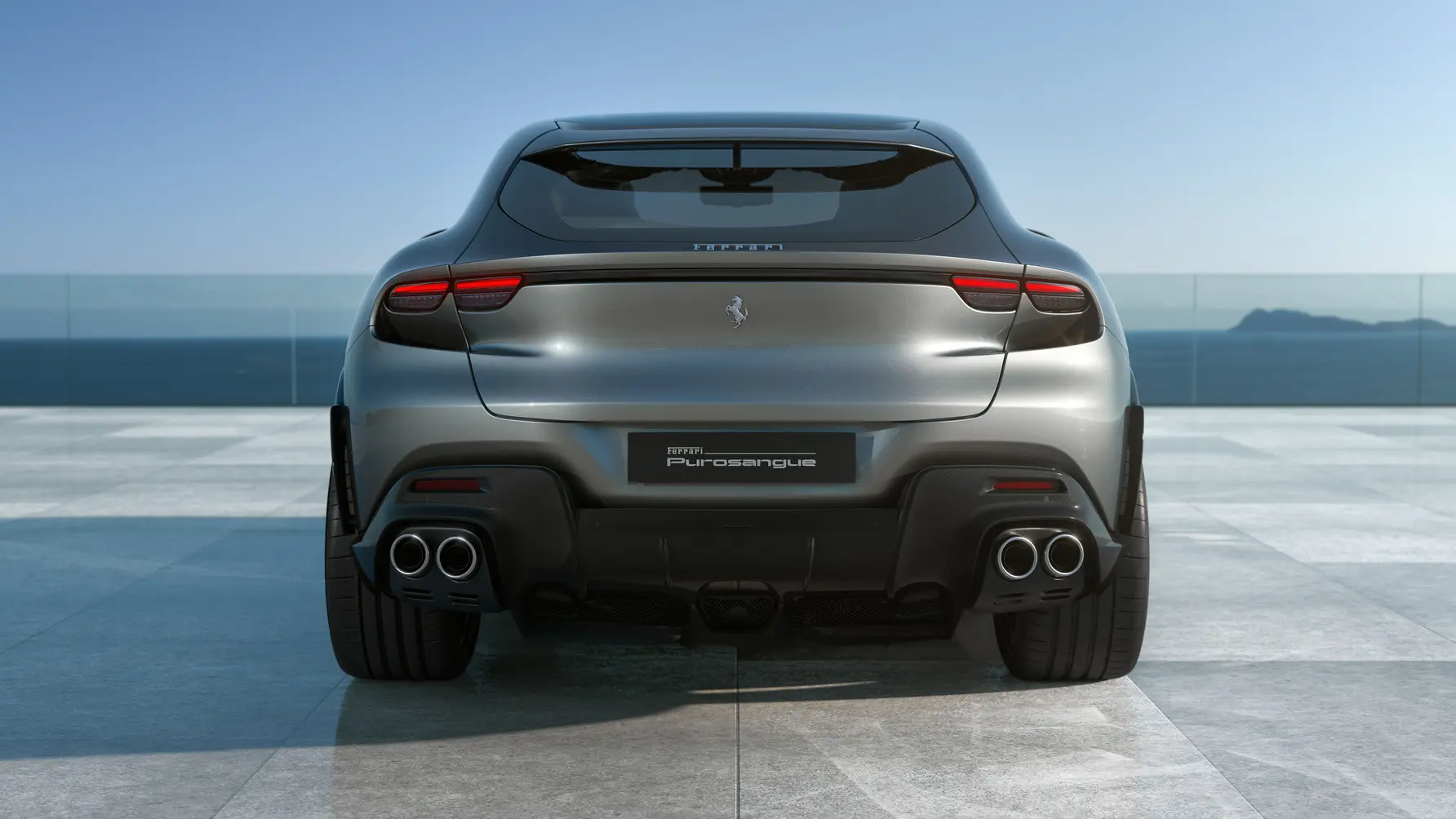
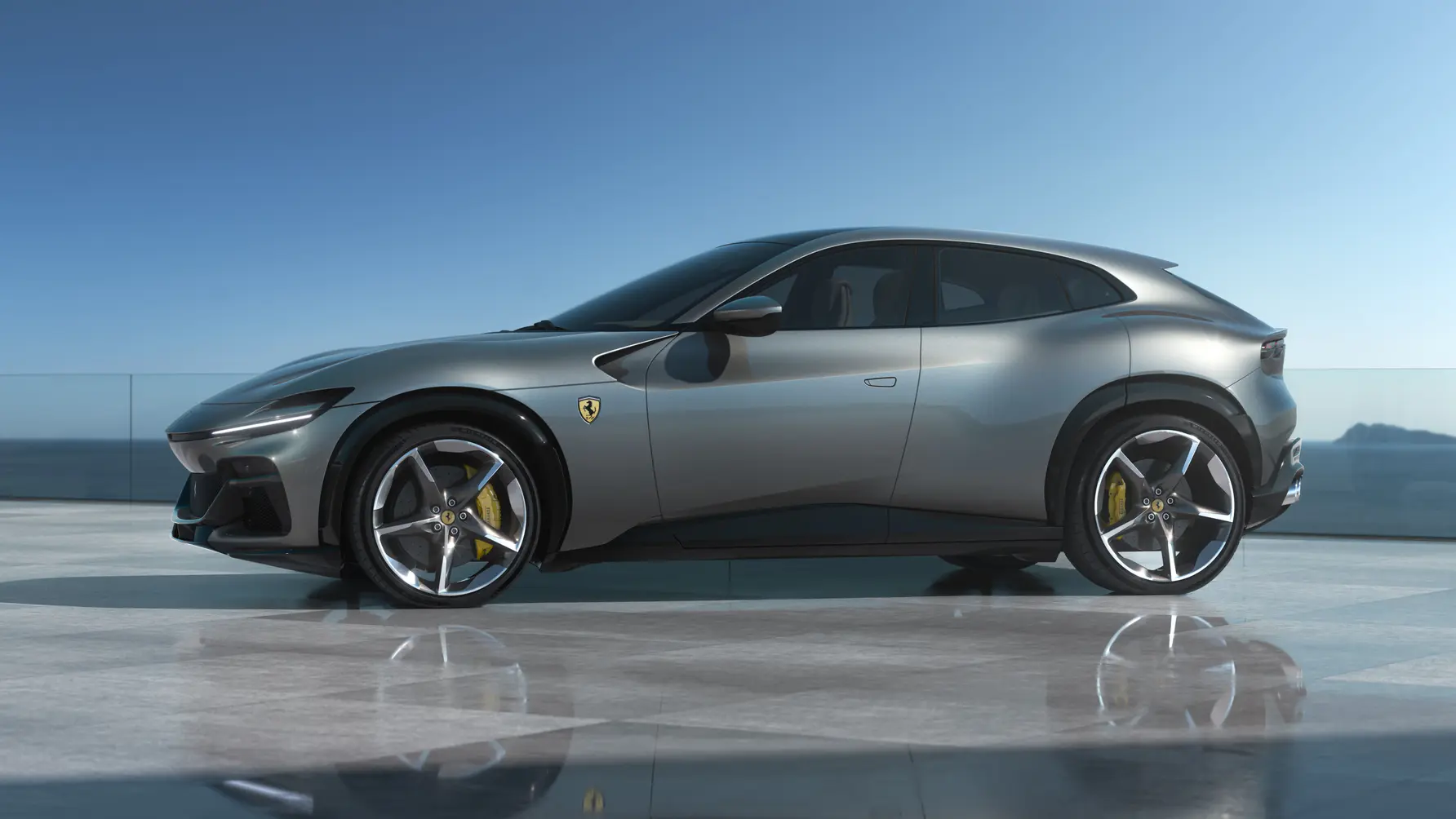



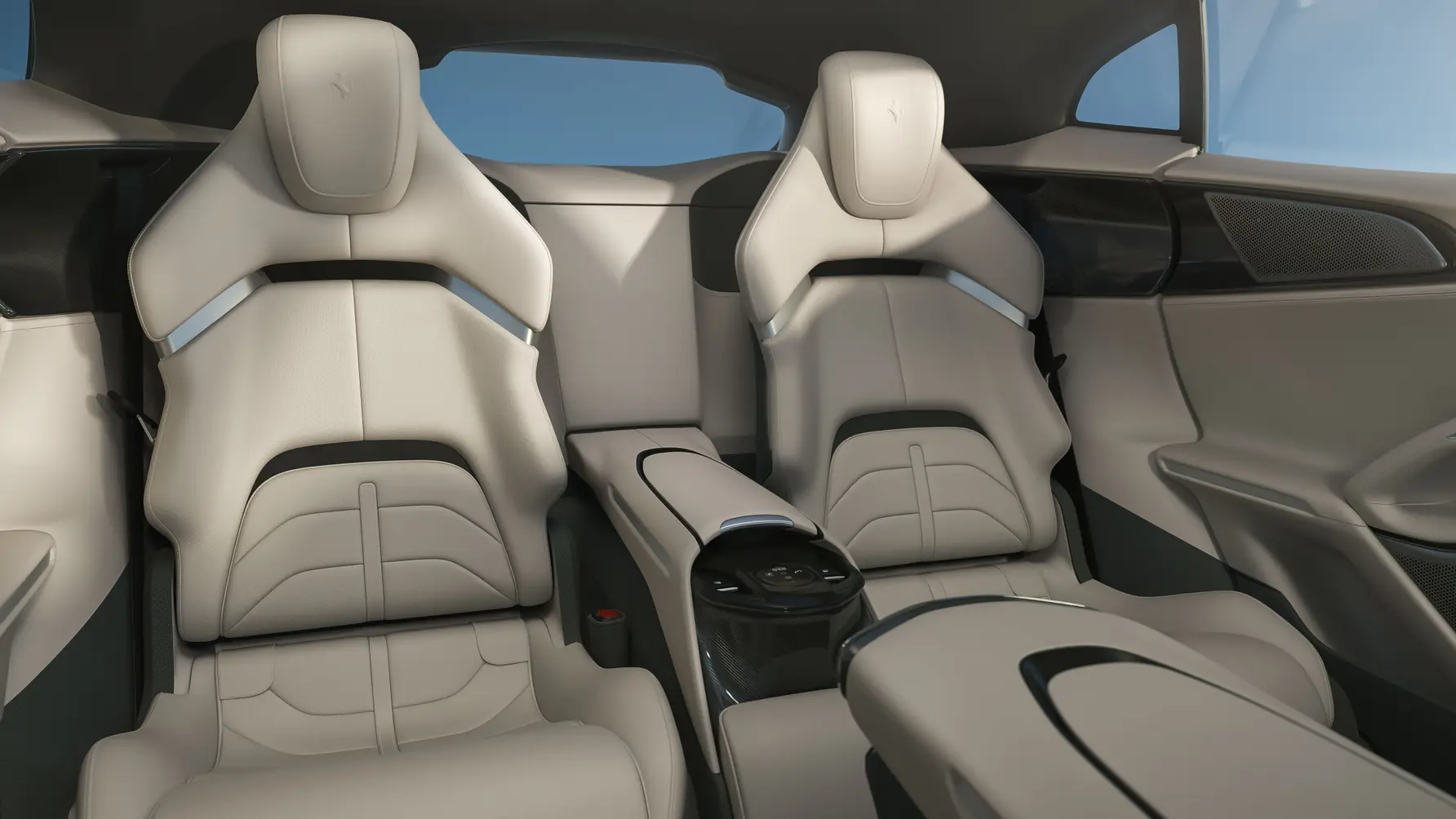
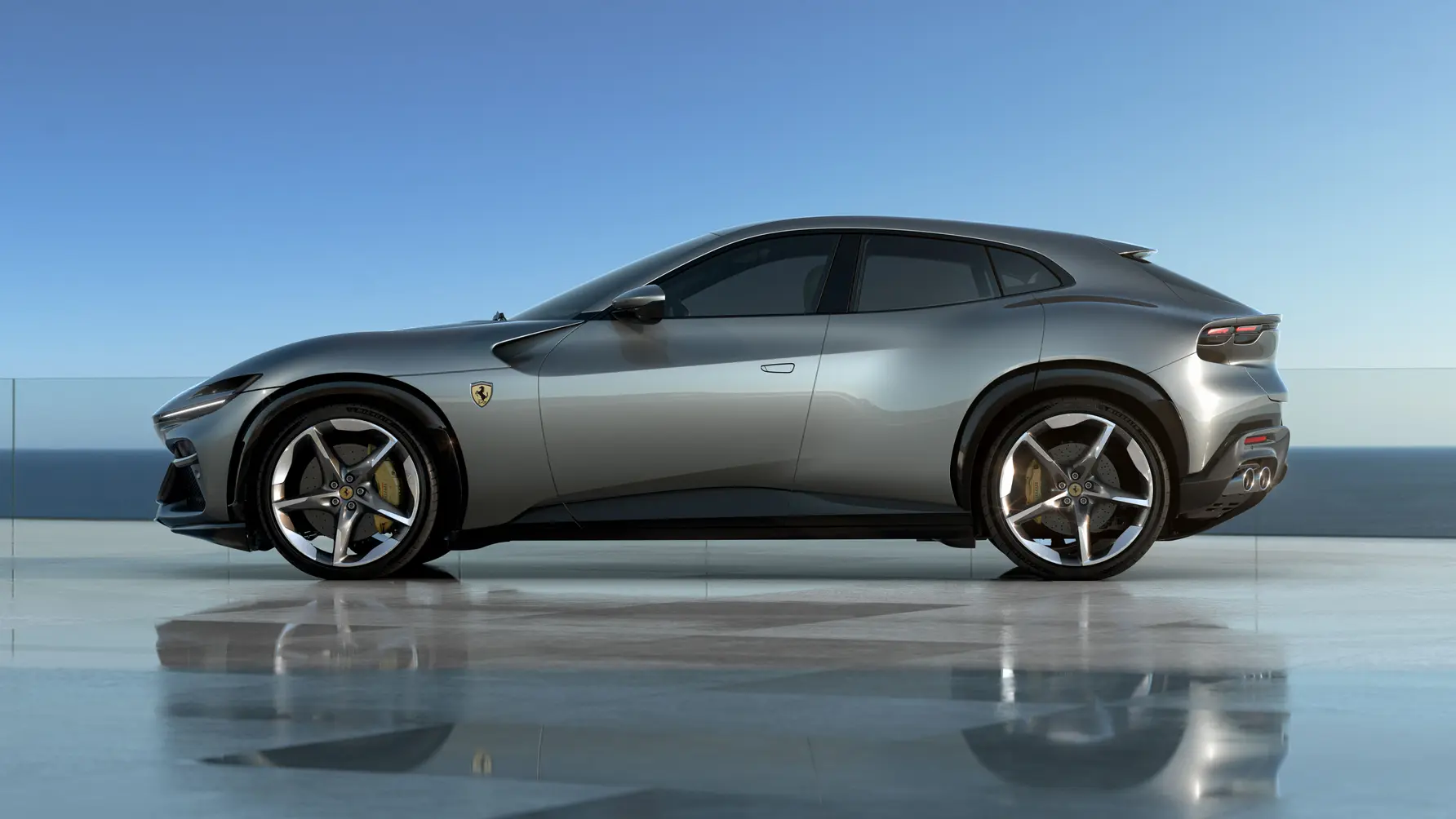



Comments